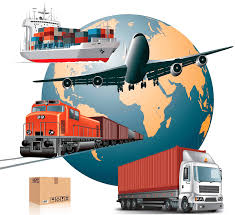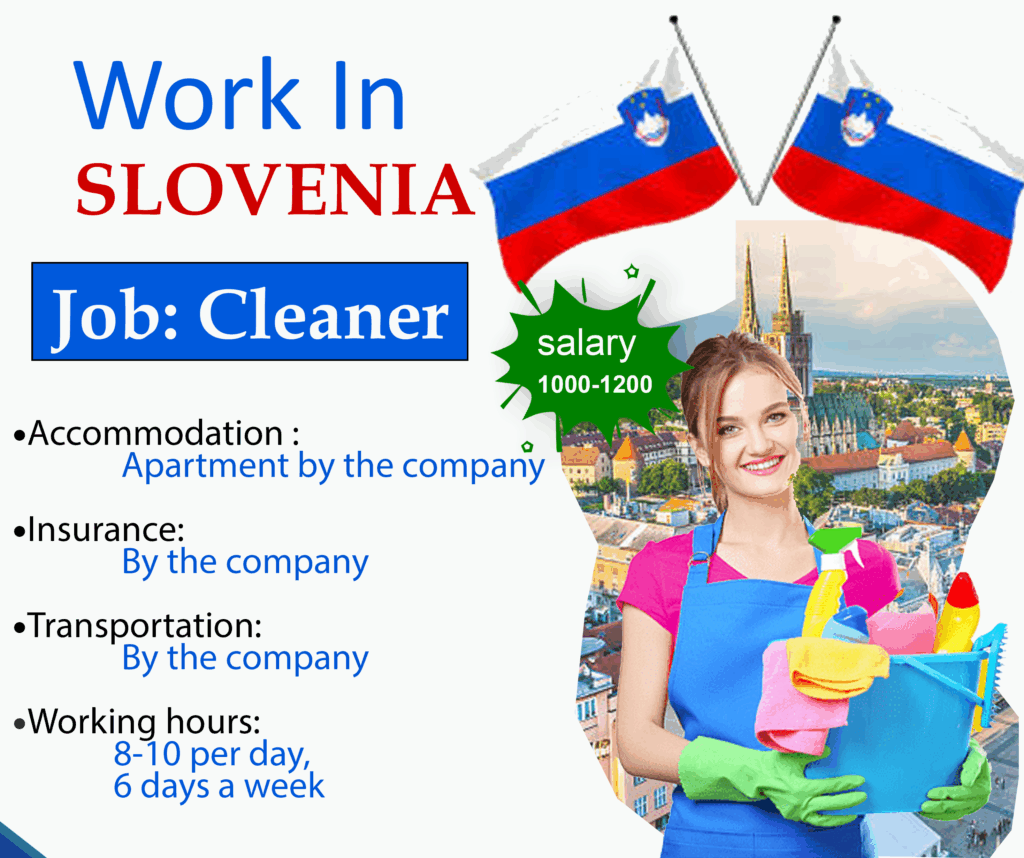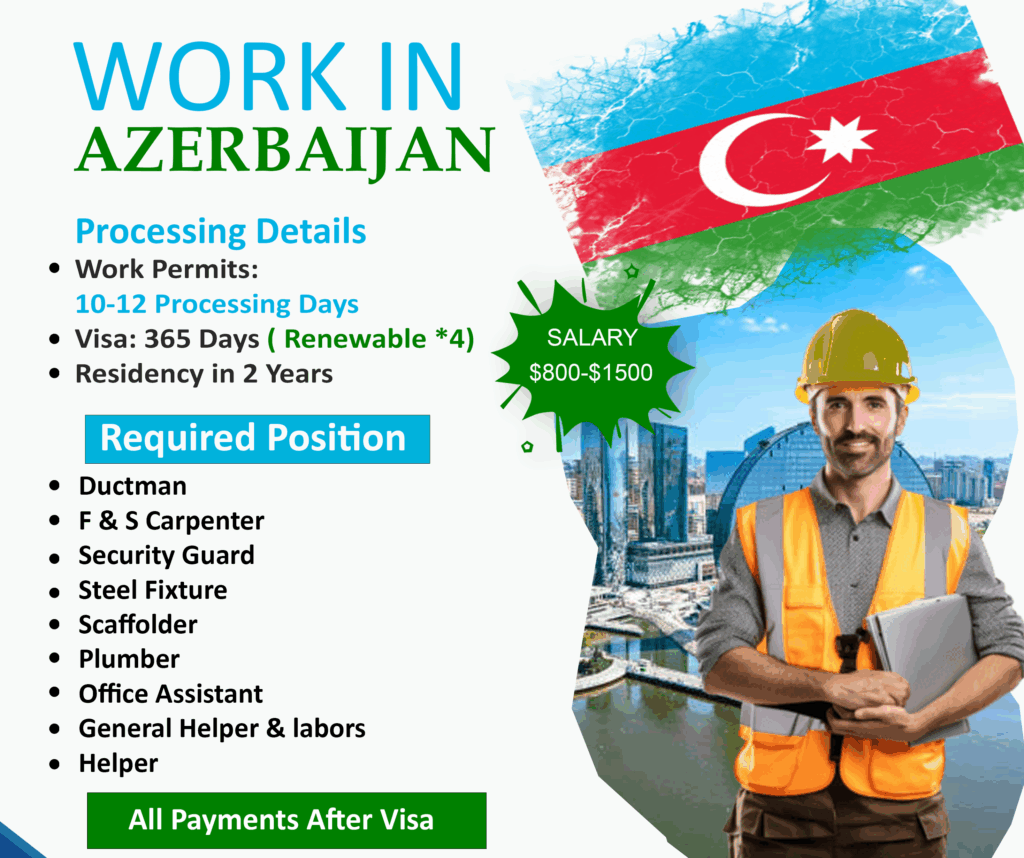Work in Slovakia
Discover exciting job opportunities in Slovakia — a country known for its strong economy, beautiful landscapes, and growing demand for skilled and unskilled workers. From manufacturing and construction to hospitality and logistics, Slovakia offers excellent career prospects, fair wages, and a safe working environment. Start your journey today and build a bright future in the heart of Europe.
Work in Bosnia
Explore rewarding job opportunities in Bosnia and Herzegovina — a growing hub for industries like construction, manufacturing, and services. With competitive salaries, friendly communities, and a low cost of living, Bosnia offers an ideal environment for both skilled and unskilled workers. Begin your career journey in Bosnia and experience professional growth in a welcoming European setting.
Work in Poland – Welding Opportunities
Poland offers excellent career prospects for skilled welders across industries such as shipbuilding, construction, and manufacturing. With modern facilities, attractive salaries, and a high demand for qualified professionals, welders can build a stable and rewarding career. Join Poland’s growing industrial workforce and take the next step toward a secure and successful future in Europe.
Work in Slovakia – Warehouseman Opportunities
Build a stable and rewarding career in Slovakia as a warehouseman. With increasing demand in logistics, retail, and manufacturing sectors, Slovakia offers excellent job opportunities with fair wages and safe working conditions. Gain valuable experience in modern warehouses, improve your skills, and enjoy living in a peaceful and welcoming European country.
Work in Slovenia
Discover promising job opportunities in Slovenia — a beautiful and prosperous European nation known for its clean environment, modern industries, and strong economy. Whether in construction, manufacturing, hospitality, or agriculture, Slovenia offers fair wages, safe workplaces, and a high quality of life. Start your career in Slovenia and grow in a country that values skill, dedication, and hard work.
Opportunities as Construction Helpers in Europe
Europe offers excellent job opportunities for construction helpers, including masons, painters, handymen, and ironworkers. With steady demand, fair pay, and safe working conditions, it’s the perfect time to build your career abroad. Gain valuable experience while contributing to Europe’s growing infrastructure and development.
Work in Azerbaijan
Azerbaijan offers excellent job opportunities for both skilled and unskilled workers across various sectors such as construction, oil and gas, manufacturing, and hospitality. With rapid economic growth and major infrastructure projects, the country provides stable employment, good salaries, and safe working conditions. Workers can benefit from modern facilities, friendly communities, and opportunities for professional development. Begin your career in Azerbaijan and be part of a nation that values hard work, dedication, and growth.
Work, Learn & Succeed Abroad
Grow Your Career in Europe
Opportunities Across Sectors















